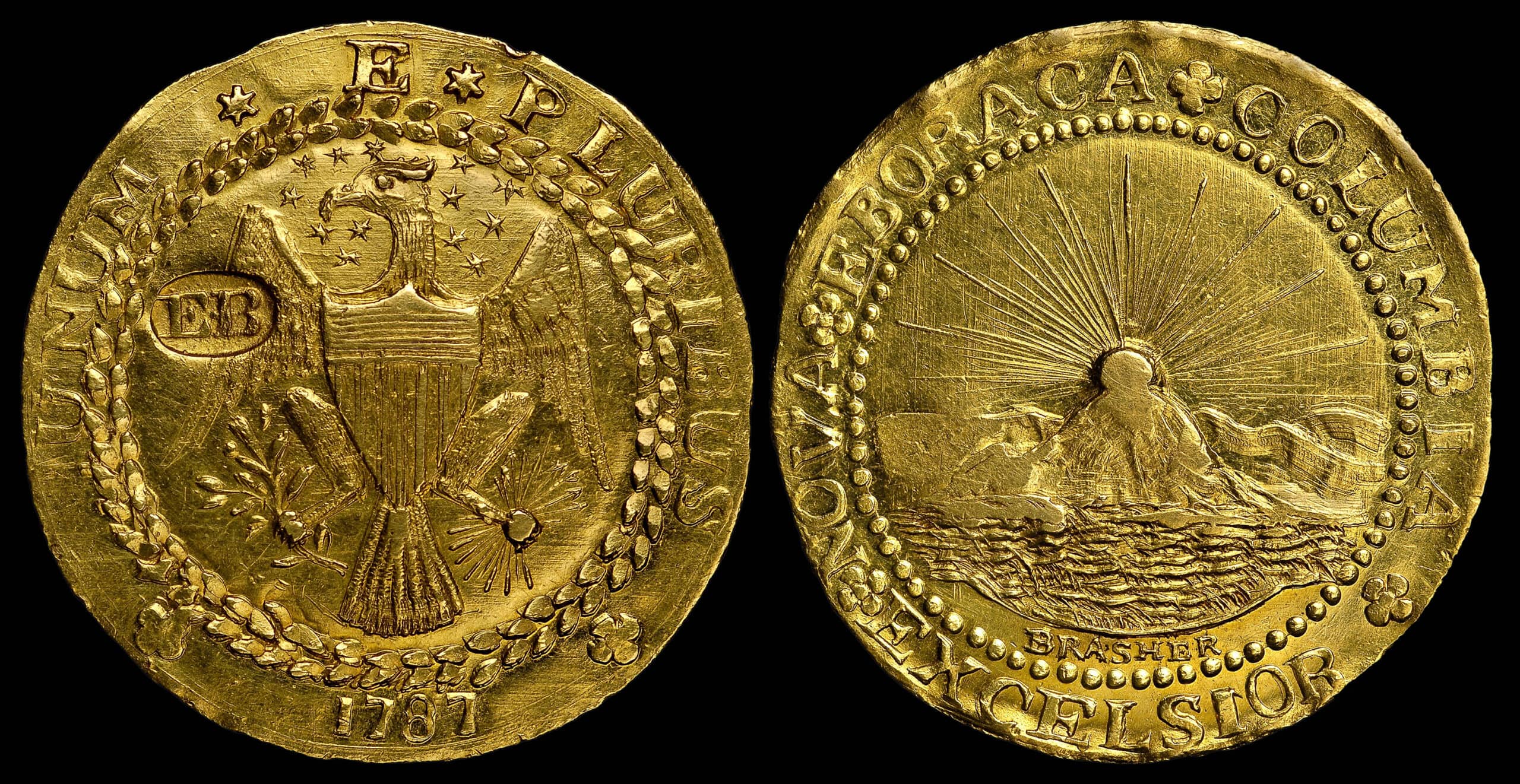Renovating historic buildings often involves significant financial investments to preserve their cultural and architectural heritage. From ancient landmarks to iconic structures, these costly restorations ensure that future generations can appreciate and learn from the past. Here are some of the most expensive renovations undertaken to maintain and restore historic buildings, highlighting their importance and the substantial efforts made to protect them.
The Palace of Versailles, France
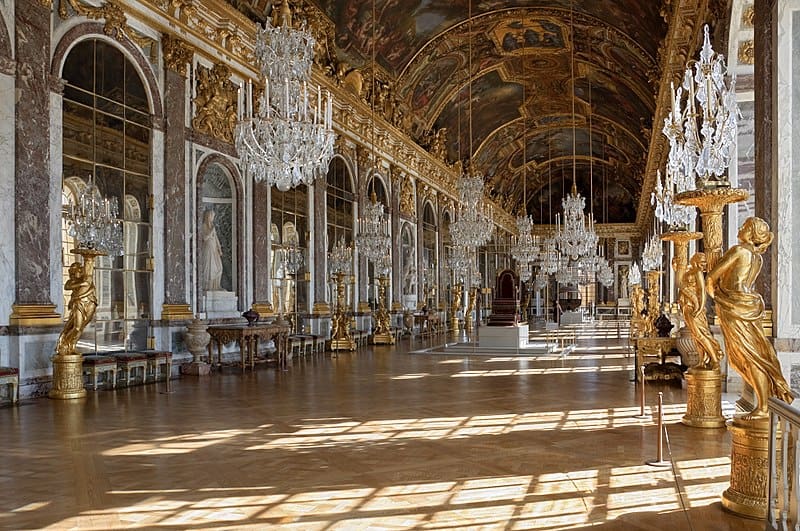
The restoration of the Palace of Versailles has been one of the most expensive renovations in history. Costing an estimated $500 million, the project spanned over 17 years. Efforts focused on the preservation of its intricate interiors and grand façades. The investment has helped maintain its status as a symbol of French heritage. The palace now welcomes millions of visitors annually.
The Colosseum, Rome, Italy
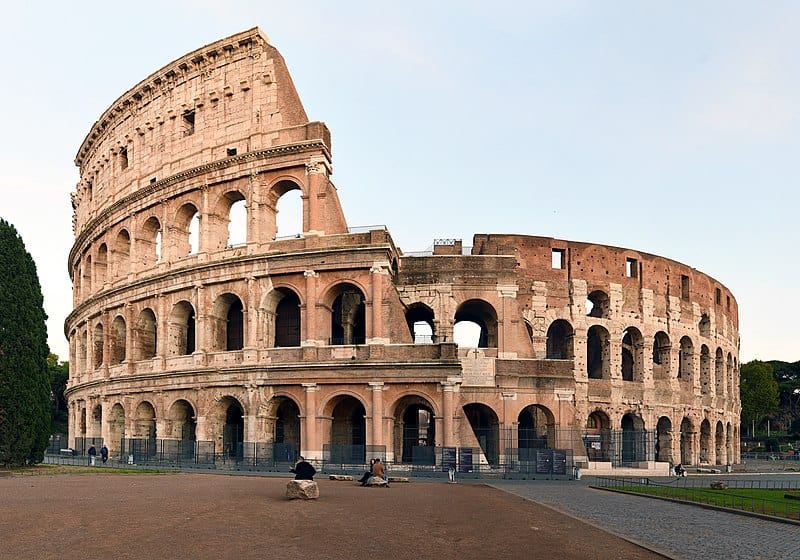
The Colosseum in Rome underwent a $30 million renovation to restore its ancient glory. This extensive project included cleaning the façade, structural reinforcements, and modern tourist facilities. Funded by the Italian government and private sponsors, the renovation aimed to preserve the iconic landmark. It has significantly improved the visitor experience. The project highlighted the importance of conserving ancient monuments.
The Statue of Liberty, USA

Renovation of the Statue of Liberty, completed in 1986, cost around $87 million. The extensive work included structural repairs, replacement of the torch, and upgrading the internal infrastructure. Funded by public donations, the project was a celebration of the statue’s centennial. The restoration ensured the safety and longevity of this symbol of freedom. It remains a beacon for millions of visitors each year.
The Parthenon, Athens, Greece
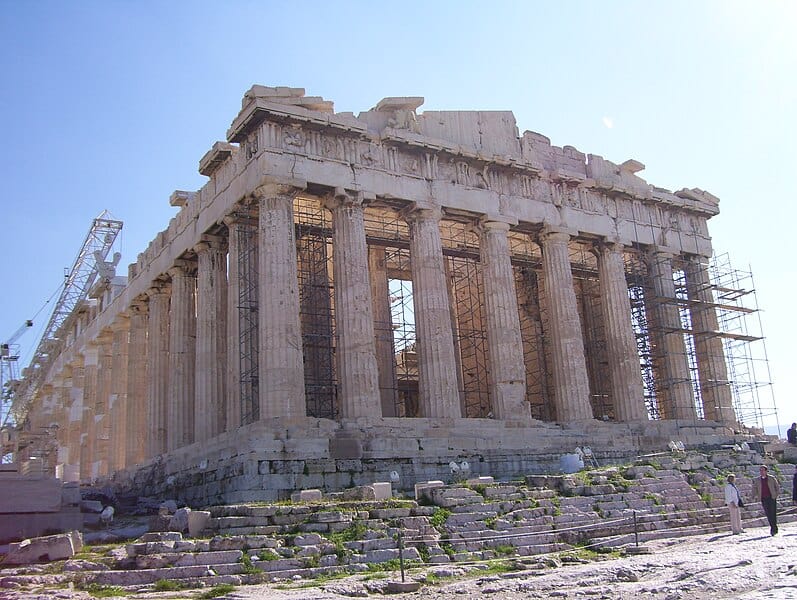
The restoration of the Parthenon has been an ongoing effort with costs exceeding $100 million. The work involves meticulous reconstruction using original materials and advanced technology. Funded by the Greek government and international contributions, the project aims to preserve its historical integrity. The Parthenon stands as a testament to ancient Greek civilization. Its preservation is vital for cultural heritage.
The Kremlin, Moscow, Russia
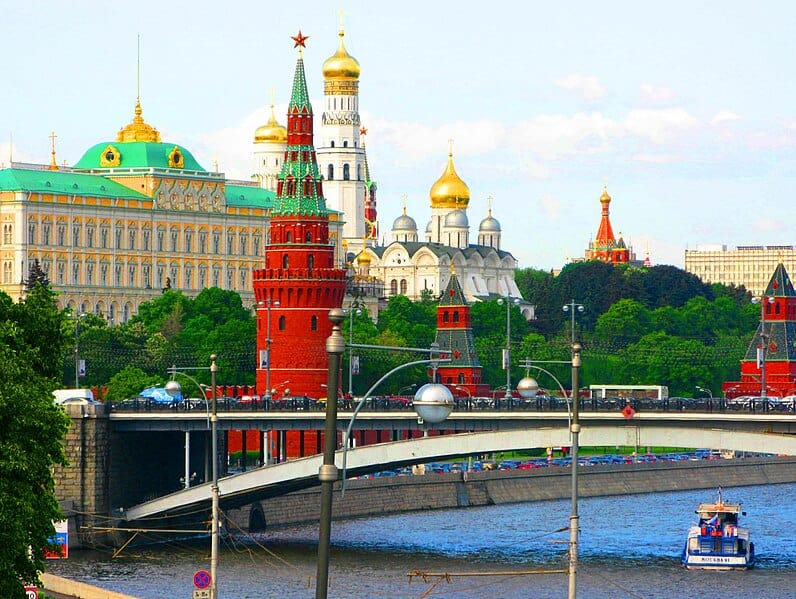
Renovating the Kremlin has been an extensive and expensive endeavor, with costs estimated at $1 billion. The project included restoring historic buildings, upgrading security systems, and enhancing public spaces. This massive investment by the Russian government aimed to preserve its national symbol. The Kremlin’s renovation reflects its historical and political significance. It continues to attract tourists from around the world.
The Forbidden City, Beijing, China
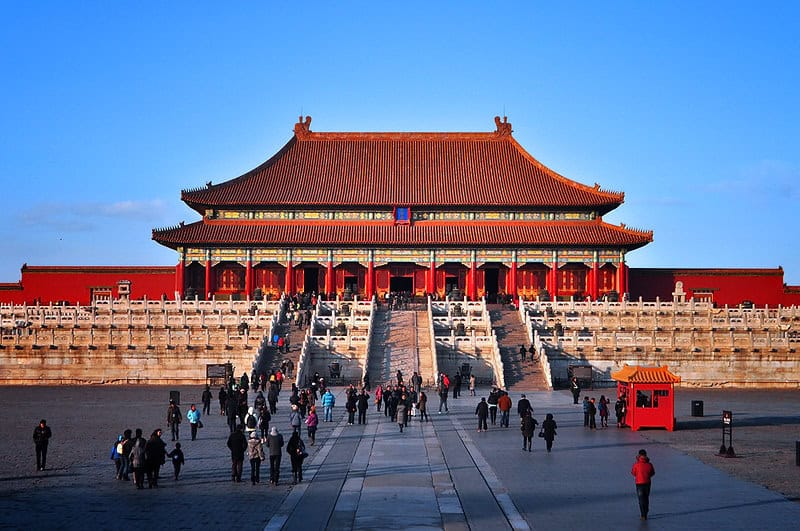
The restoration of the Forbidden City, costing approximately $400 million, has been a major cultural project in China. Efforts focused on preserving ancient structures, restoring original colors, and improving visitor facilities. The project, spanning over two decades, was funded by the Chinese government. It highlights the importance of preserving cultural heritage. The Forbidden City remains a significant historical site.
The Palace of Westminster, London, UK
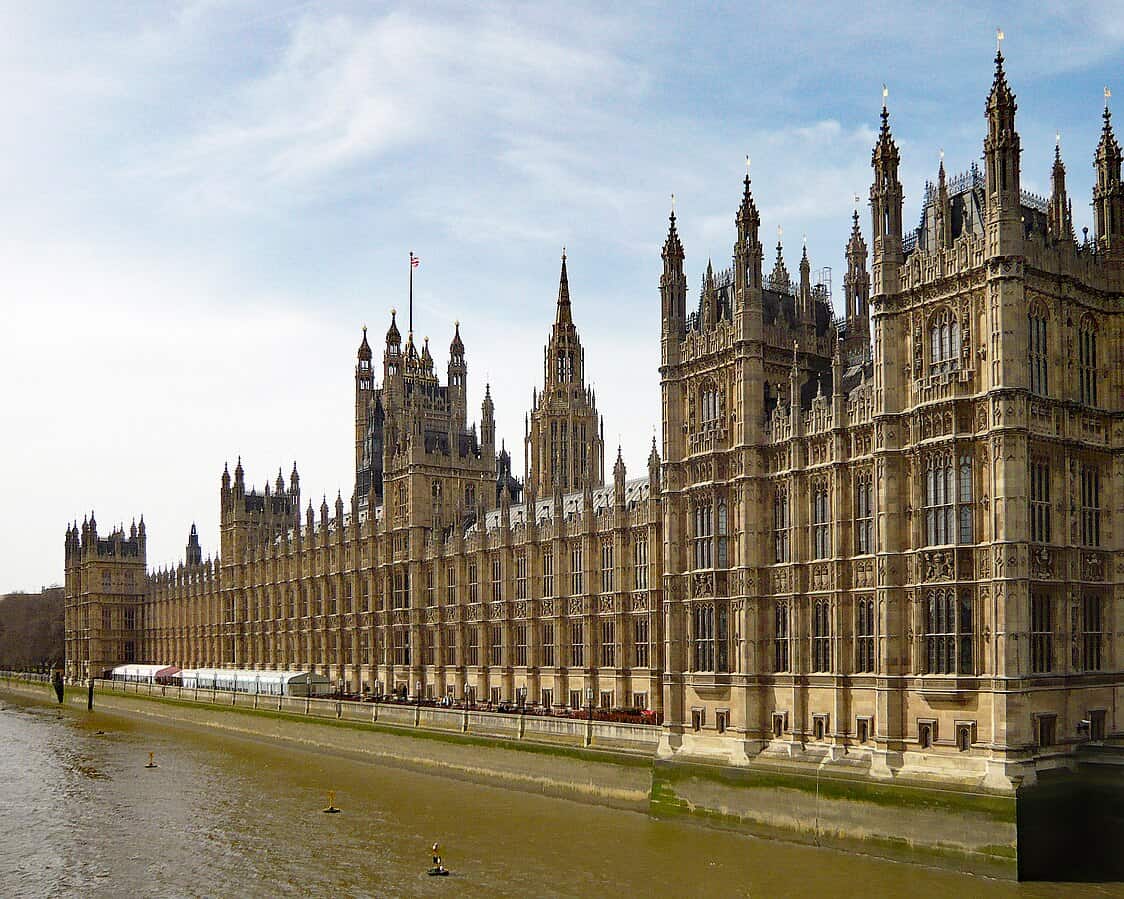
The renovation of the Palace of Westminster, home to the UK Parliament, is estimated to cost $4 billion. This extensive project includes structural repairs, modernization of facilities, and preservation of historic features. Funded by the UK government, the work is critical for maintaining the building’s functionality and heritage. The project underscores the importance of preserving political landmarks. It is expected to take several years to complete.
The Sydney Opera House, Australia
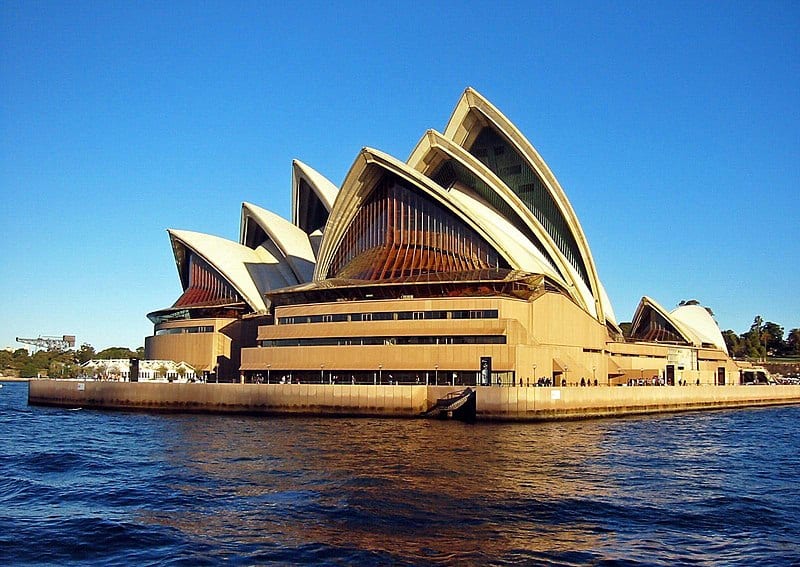
Renovating the Sydney Opera House cost around $275 million, focusing on modernizing its facilities while preserving its iconic design. The project included upgrading the acoustics, improving accessibility, and enhancing backstage areas. Funded by the Australian government and private donations, the renovation aimed to maintain the opera house’s global reputation. It remains a cultural and architectural icon. The improvements have significantly enhanced visitor experiences.
The Notre-Dame Cathedral, Paris, France
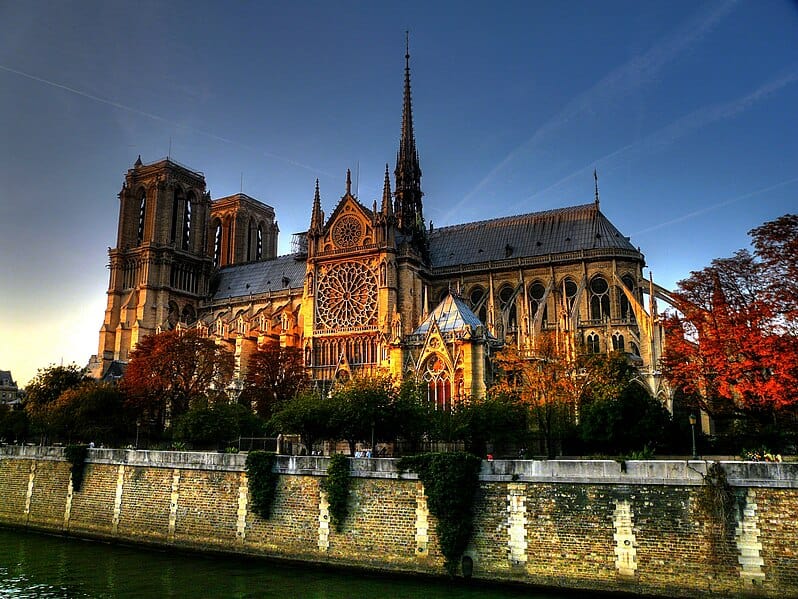
Following the devastating fire in 2019, the Notre-Dame Cathedral’s restoration is projected to cost over $800 million. The project includes structural repairs, restoration of the spire, and preservation of artistic elements. Funded by donations from around the world, the work aims to restore the cathedral to its former glory. The restoration highlights the global importance of this historic site. It is a symbol of resilience and heritage.
The Alhambra, Granada, Spain
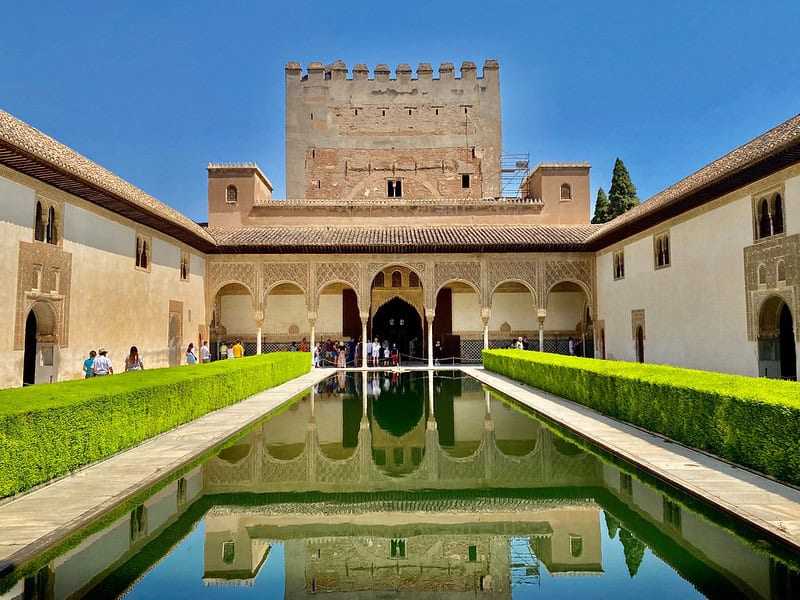
The Alhambra’s renovation, costing an estimated $100 million, focused on preserving its intricate Moorish architecture and gardens. The project included structural reinforcements, restoration of decorative elements, and improvements to visitor facilities. Funded by the Spanish government and international contributions, the work aimed to protect this UNESCO World Heritage site. The Alhambra remains a symbol of Islamic art in Europe. Its preservation is crucial for cultural tourism.
The Smithsonian Institution, Washington D.C., USA
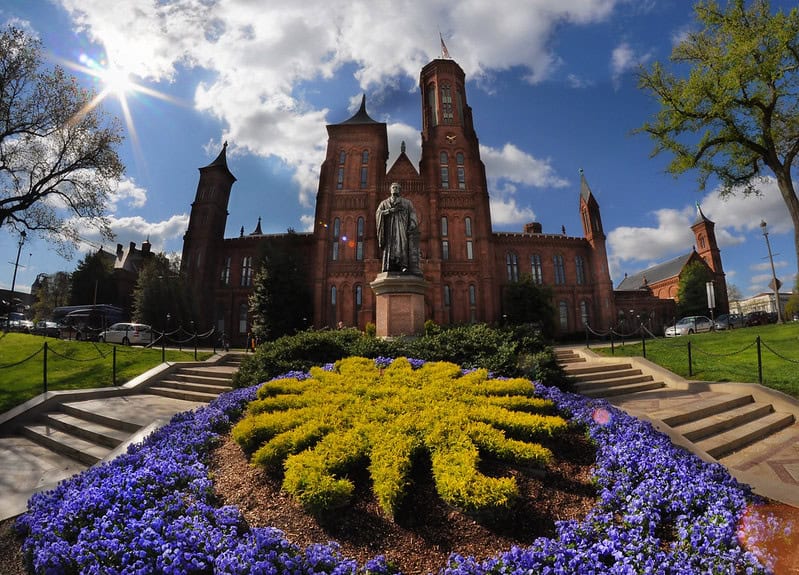
Renovating the Smithsonian Institution’s historic buildings cost around $2 billion. The extensive project included structural repairs, modernization of exhibits, and energy efficiency upgrades. Funded by the U.S. government and private donors, the renovation aimed to enhance the visitor experience while preserving history. The project underscores the importance of maintaining educational institutions. The Smithsonian continues to be a premier cultural destination.
The Rijksmuseum, Amsterdam, Netherlands
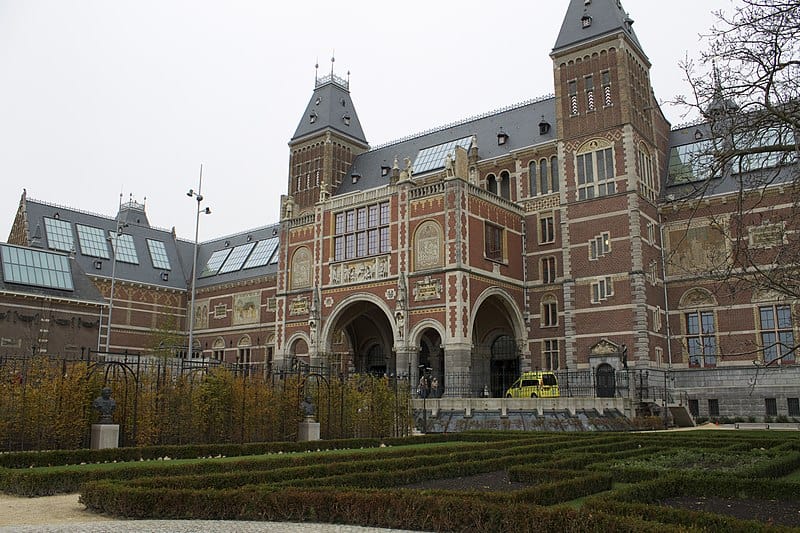
The Rijksmuseum’s renovation, completed in 2013, cost approximately $500 million. The extensive project included restoring historic features, modernizing facilities, and improving accessibility. Funded by the Dutch government and private donations, the work aimed to preserve its status as a leading art museum. The renovation has significantly enhanced its visitor experience. The museum remains a cultural cornerstone in Amsterdam.
The Uffizi Gallery, Florence, Italy
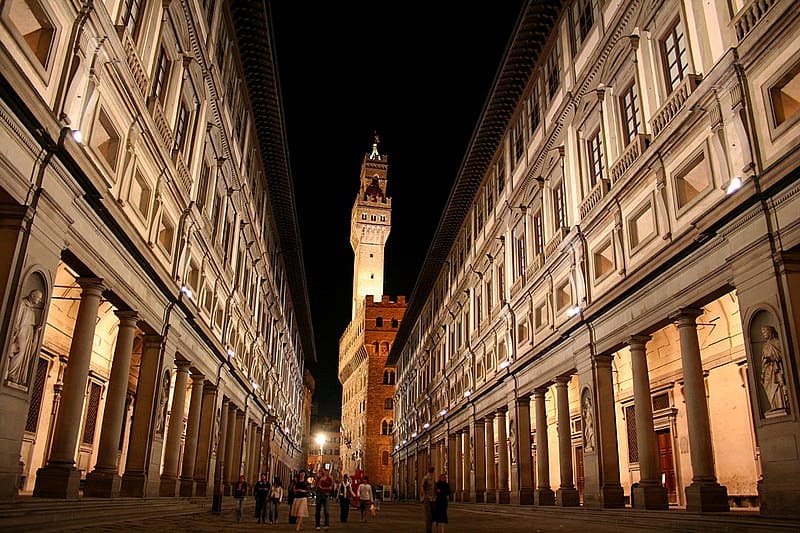
The Uffizi Gallery’s renovation, costing around $200 million, focused on modernizing the museum while preserving its Renaissance architecture. The project included structural repairs, improvements to visitor facilities, and expansion of exhibit spaces. Funded by the Italian government and private contributions, the renovation aimed to maintain its status as a world-renowned art gallery. The Uffizi continues to attract art lovers from around the globe. Its preservation is crucial for cultural heritage.
The Sagrada Família, Barcelona, Spain
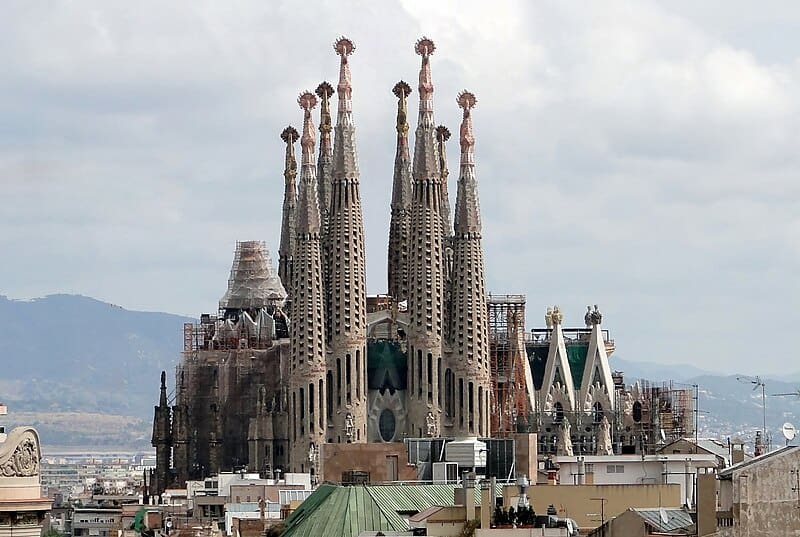
The ongoing construction and restoration of the Sagrada Família have costs exceeding $1 billion. The project includes completing Gaudí’s original designs, structural reinforcements, and preserving existing elements. Funded by donations and ticket sales, the work aims to finish the basilica by 2026. The Sagrada Família is a symbol of architectural innovation. Its completion will mark a significant achievement in cultural preservation.
The Brandenburg Gate, Berlin, Germany
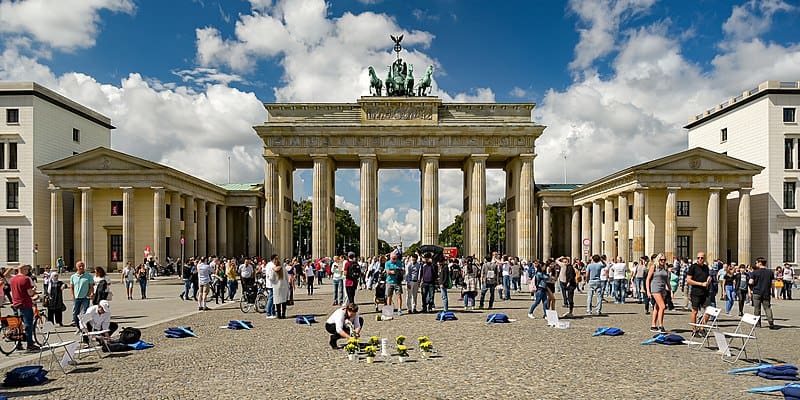
The restoration of the Brandenburg Gate cost around $5 million, focusing on cleaning and preserving its neoclassical design. The project included structural repairs and restoration of decorative elements. Funded by the German government and private donors, the renovation aimed to maintain this iconic landmark. The Brandenburg Gate is a symbol of German unity. Its preservation is vital for historical significance.
The Château de Chambord, France
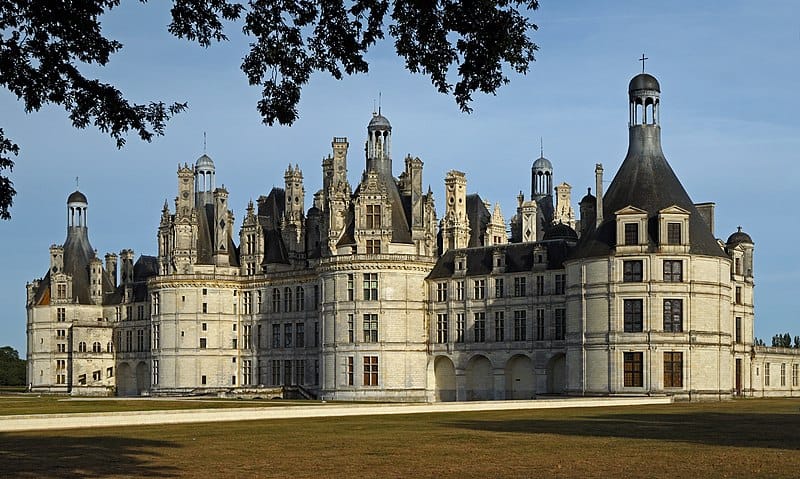
Renovating the Château de Chambord cost approximately $100 million. The project included structural repairs, restoration of its Renaissance architecture, and improvements to visitor facilities. Funded by the French government and private contributions, the renovation aimed to preserve this UNESCO World Heritage site. The château remains a symbol of French Renaissance art. Its preservation is crucial for cultural heritage.
The Acropolis, Athens, Greece
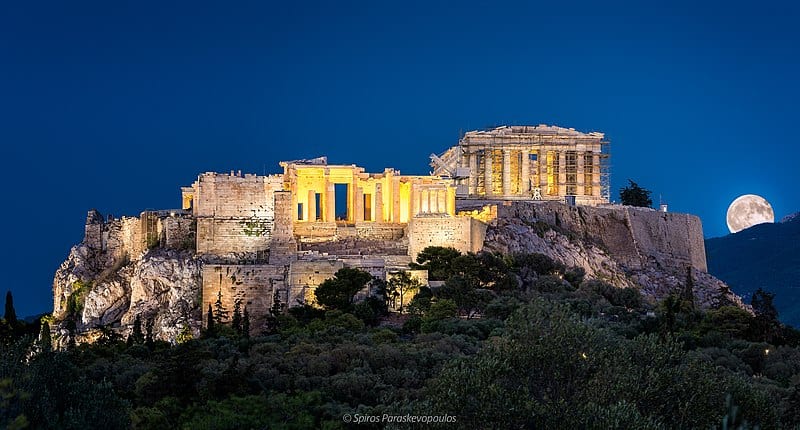
The restoration of the Acropolis, costing around $200 million, focused on preserving ancient structures and improving visitor access. The project included structural reinforcements, restoration of decorative elements, and modernization of facilities. Funded by the Greek government and international contributions, the work aimed to protect this iconic site. The Acropolis stands as a symbol of ancient Greek civilization. Its preservation is essential for historical significance.
The Tower of London, UK

Renovating the Tower of London cost around $150 million. The project included structural repairs, preservation of historic features, and improvements to visitor facilities. Funded by the UK government and private donors, the renovation aimed to maintain its status as a historic and cultural landmark. The Tower of London is a symbol of British history. Its preservation is crucial for educational purposes.
The Louvre Museum, Paris, France
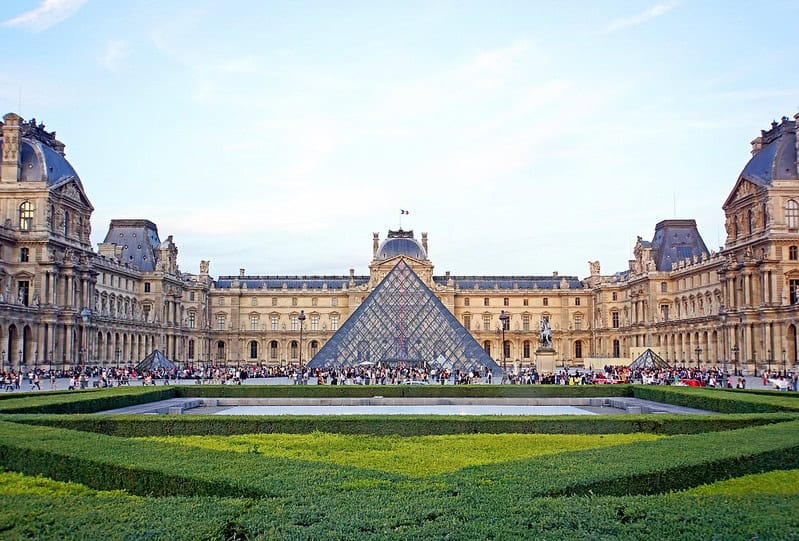
The renovation of the Louvre Museum cost approximately $150 million. The project included modernizing exhibit spaces, structural repairs, and improvements to visitor facilities. Funded by the French government and private donations, the renovation aimed to enhance its status as a leading art museum. The Louvre remains a cultural and historical icon. Its preservation is vital for global heritage.
The Taj Mahal, Agra, India
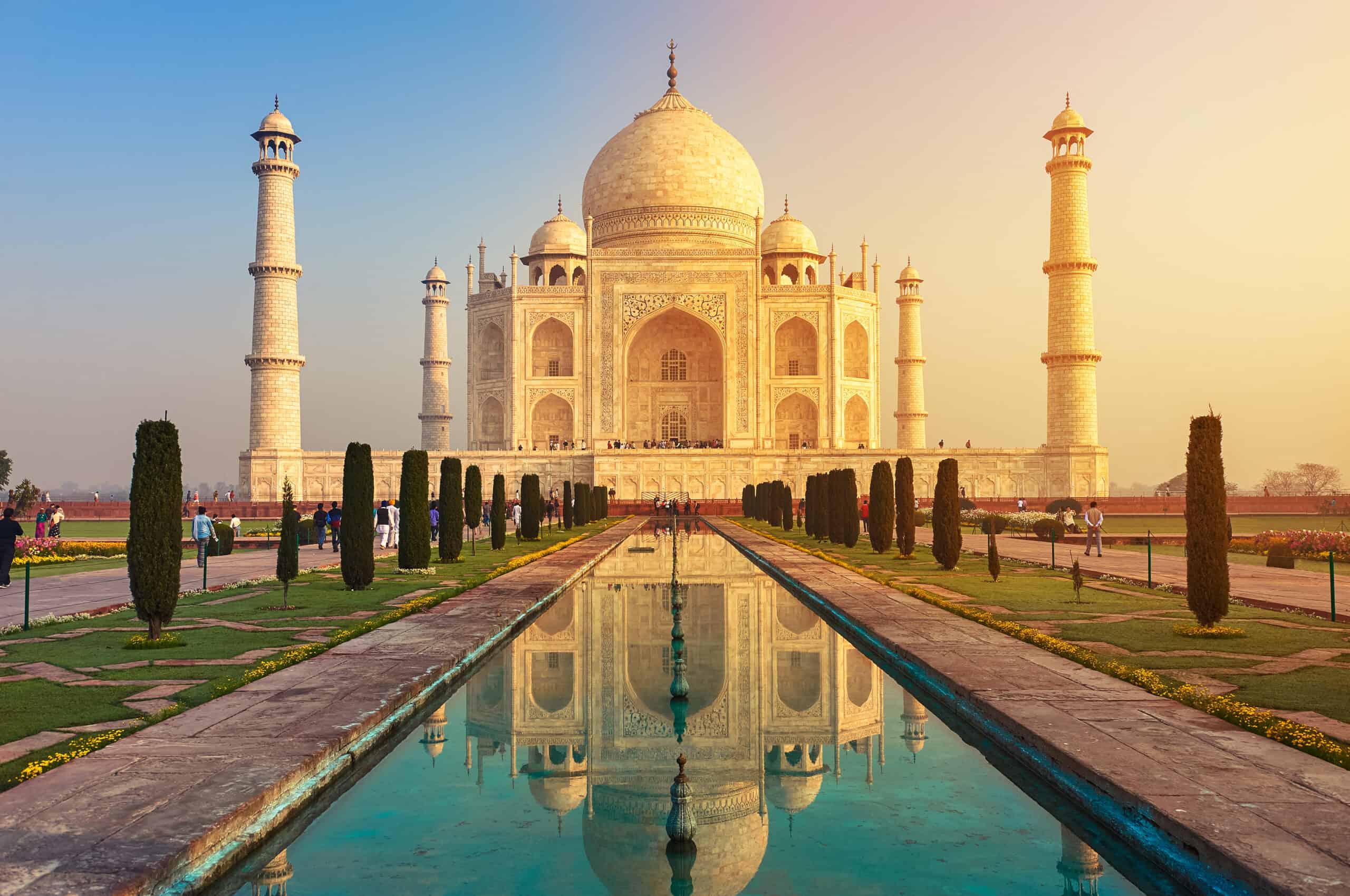
The restoration of the Taj Mahal has cost over $100 million, focusing on cleaning and preserving its marble façade and gardens. The project included structural repairs, restoration of decorative elements, and improvements to visitor facilities. Funded by the Indian government and international contributions, the work aimed to protect this UNESCO World Heritage site. The Taj Mahal remains a symbol of love and architectural beauty. Its preservation is crucial for cultural tourism.
This article originally appeared on Rarest.org.
More From Rarest.Org
In the world of culinary arts, certain types of eggs stand out for their exceptional quality and high price. These luxurious delicacies are cherished by chefs and food enthusiasts alike. Read more.


